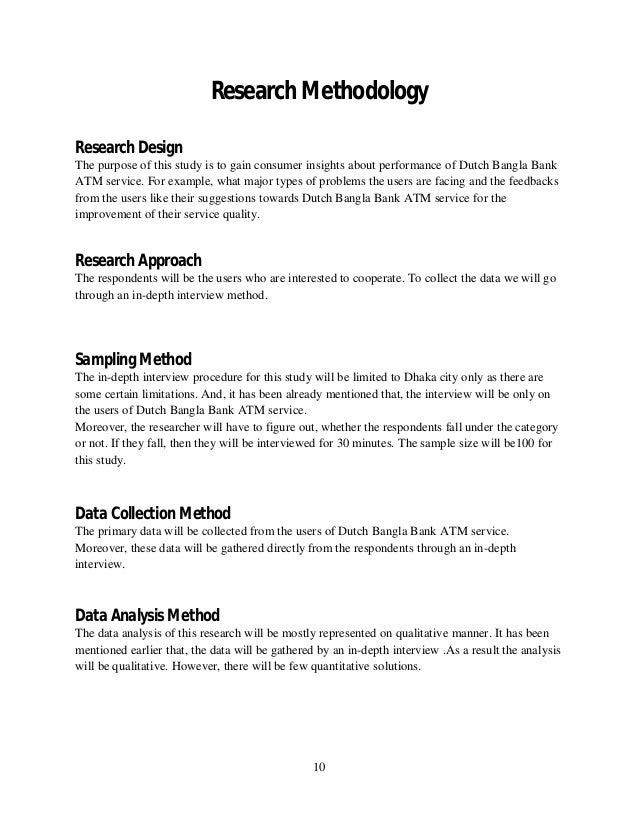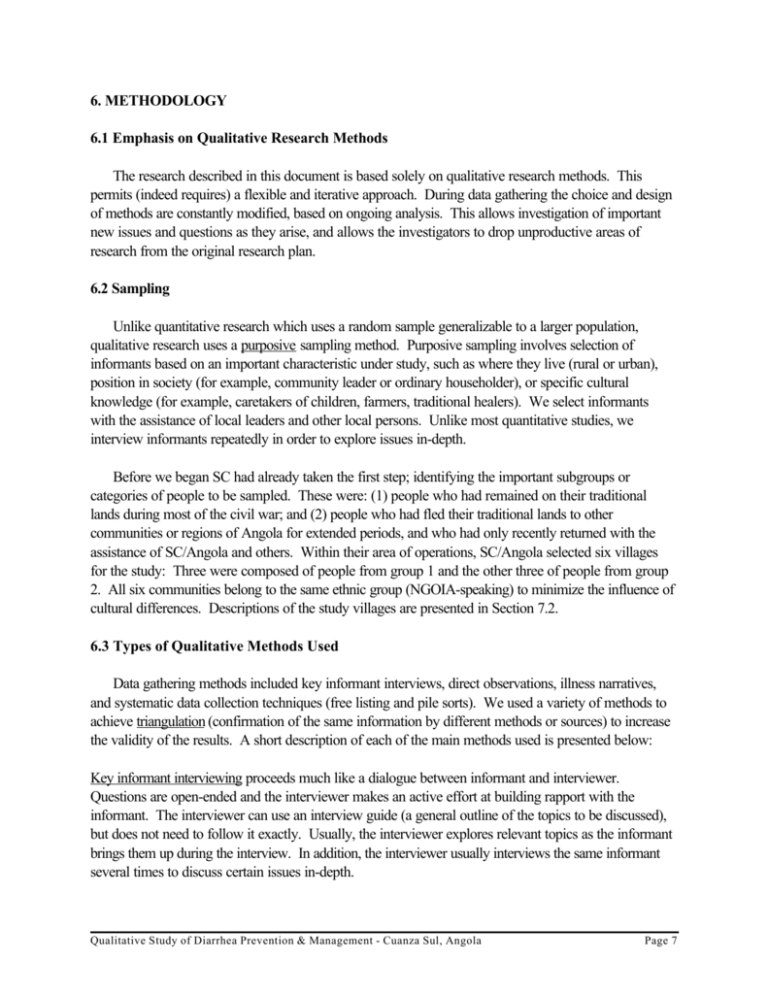10 Insightful Design Thinking Frameworks: A Quick Overview IxDF
Table Of Content

Westat treated drop point counts of five or more as out of scope, and no mailing was done for those addresses. Those excluded were people solely of Southwest Asian descent (e.g., Lebanese, Saudi), those with Central Asian origins (e.g., Afghan, Uzbek) as well as various other non-Asian origins. The impact of excluding these groups is small, as together they represent about 1%-2% of the national U.S. Asian population, according to a Pew Research Center analysis of the 2021 American Community Survey.
Professional development
New design of an electrocoagulation reactor to remove pollutants from groundwater: Analysis and optimization using ... - ScienceDirect.com
New design of an electrocoagulation reactor to remove pollutants from groundwater: Analysis and optimization using ....
Posted: Thu, 17 Aug 2023 08:10:40 GMT [source]
A computer-assisted data entry (CADE) system was used to process the mailed paper forms. Responses from the three separate modes were merged for subsequent coding, editing, and cleaning necessary to create an analytical database. As a cross-sectional study, the NSCG provides estimates of the size and characteristics of the college graduate population for a point in time. As part of the rotating panel design, every new panel receives a baseline survey interview and three biennial follow-up interviews before rotating out of the survey. A number of sensitivity checks were performed to test the robustness of the findings, and the main conclusions were consistently upheld. Westat used the disposition results to compute response rates consistent with AAPOR definitions.
TII Analytic Pavement Design Method - www.arup.com
TII Analytic Pavement Design Method.
Posted: Thu, 30 Nov 2023 16:03:52 GMT [source]
Survey Contact
The description of a method, like all descriptions, can be done in many different ways. A method is successful and used in industry only if each of these elements work to a greater or lesser extent. For example, a description can be more or less easy to follow; what matters is that it covers the steps and the assumptions underlying them. A flaw in the core idea of the method might be the end of the development of that particular idea or require significant additional work.

Limitations on the inclusion of TOA indicators
This is tightly bound to the theoretical grounding of the method and the claims made for the outputs of the method, as well as to the strictness of the procedures. It is also tightly related to what constitutes success for the application of a method, and how the method can be validated or demonstrated to have succeeded. The use of the terms ‘design method’ and ‘design methodology’ has changed over the years. During the design method movement in the 1960s apparently little distinction was made between method and methodology, while the term ‘the design method’ referred to the overall process of producing a design, considered as a whole. The d.school also represents this 5-stage process through their hexagonal design thinking visualization. This ensures the stages are seen more as enablers or modes of thinking, rather than concrete linear steps.
Share this entry
For the clustering of TOA indicators, the dendrogram was not cut to visualize common co-occurrences for all of the TOA indicators. Although important advances have been made regarding TOA in agricultural contexts, researchers have expressed concerns about the scope and methodological limitations of published studies. Developing digital products is something that requires being flexible on one hand and firm support on the other. And choosing the right one can simply make your project flourish or turn it into a failure. This down-to-earth methodology is about immersing into potential customers’ natural environment (like shops or cafes) for gathering their insights on hypothetical products.
Similarities between Design Thinking and Agile
They developed the Collective Action Toolkit (CAT) as a way to make the design process accessible to communities around the world—with the hope it will help them organize, collaborate and create solutions for the specific problems which affect their local area. The DeepDive™ technique was developed by IDEO as a way to rapidly immerse a group into a situation where they can effectively problem-solve and generate ideas. They expressed this variant of the design thinking process live on ABC Nightline back in the late ’90s. For more than a decade, manufacturers have used a design-to-value (DTV) model to design and release products that have the features needed to be competitive at a low cost. During this time, DTV efforts were groundbreaking because they were based on data rather than experience. They also reached across functions, in contrast to the typical value-engineering approach.
Inspire, Ideate, Implement by IDEO
The goal is to propose as many solutions as possible—no matter how 'good' or 'bad' they might be—based on what you learn through user empathy and collaboration on a problem statement. You’ve brainstormed, come up with all sorts of ideas, and worked with your team to boil those ideas down to the ones you think may actually solve the problem you’ve defined. Infeasible ideas can generate useful solutions, but you’d never get there if you shoot down every impractical idea from the start. “Most people don’t make much of an effort to explore the problem space before exploring the solution space,” said MIT Sloan professor Steve Eppinger. The mistake they make is to try and empathize, connecting the stated problem only to their own experiences.
Notice the many parallels between Laura’s advice for designers on agile teams and the mindsets of design thinking. On the surface, design thinking frameworks look very different—they use alternative names and have different numbers of steps. “Hand” signifies the practical execution of ideas, the craftsmanship, and the skills necessary to turn concepts into tangible solutions. This includes the mastery of tools, techniques, and materials, as well as the ability to implement and execute design ideas effectively. Global design leaders and consultants have interpreted the abstract design process in different ways and have proposed other frameworks of design thinking.
2. Methods are part of ecosystems
Additional undercoverage errors may exist because of self-reporting errors in the NSCG sampling frame that led to incorrect classification of individuals as not having a bachelor’s degree or higher when in fact they held such a degree. The 2021 NSCG data collection instrument included new questions to gauge the effects of the coronavirus pandemic on employment, specifically on labor force status, number of hours worked per week, salary, benefits, telecommuting options, and total earned income. The survey also asked respondents how many adults ages 18 or older live in their household including themselves, from one to 10 adults. Additionally, the survey asked how many children under 18 live in their household, from zero to 10 children. Asian adults were categorized as “living near or below the poverty line” if their approximate family income, after being adjusted for family size, falls at or below 100% of the 2022 federal poverty line.
Choosing the appropriate strategy, philosophy, or model can tip the scales and make a specific application, tool, or solution stand out positively. Including a scenario in the TOA allows investigation of the effect of a postulated event or driver on the TOA indicators. In our analysis, scenarios focusing on climate, behavioural or demographic change accounted for 14% of the articles, while scenarios involving alternative intensities of resource use constituted 37% of the articles. Over half of the articles included stakeholders in their analysis, with a relatively equal spread across stakeholder types, except for ‘distant beneficiaries and non-beneficiaries’, which were under-represented. Farmers and experts constituted a larger share (48%) compared to other categories (Fig. 4c).

The next step was adjusting for nonresponse for households without a completed screener interview to create a final household weight. This adjustment allocated the weights of nonrespondents (category 2) to those of respondents (category 1) within classes defined by the cross-classification of sampling strata, census region, and sample type (e.g., ABS and list supplemental samples). Those classes with fewer than 50 sampled addresses or large adjustment factors were collapsed with nearby cells within the sample type. Given the large variance in the household weights among the medium density ABS stratum, final household weights for addresses within this stratum were capped at 300. Recipients thought to be more likely to use a specific language option, based on supplemental information in the sampling frame or their address location, were sent a paper screener in that language in addition to an English screener questionnaire.
Comments
Post a Comment